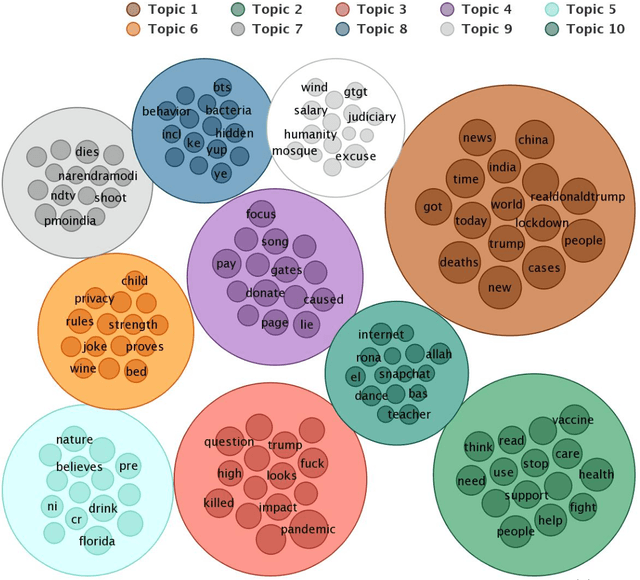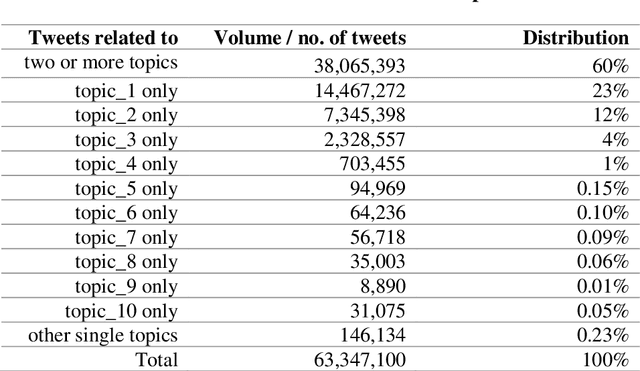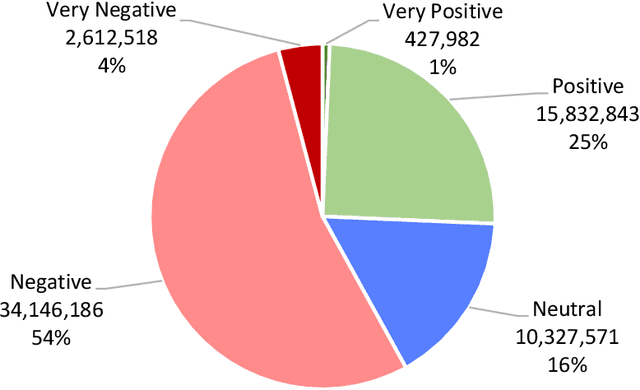Ajay Vishwanath
Reinforcement Learning and Machine ethics:a systematic review
Jul 02, 2024Abstract:Machine ethics is the field that studies how ethical behaviour can be accomplished by autonomous systems. While there exist some systematic reviews aiming to consolidate the state of the art in machine ethics prior to 2020, these tend to not include work that uses reinforcement learning agents as entities whose ethical behaviour is to be achieved. The reason for this is that only in the last years we have witnessed an increase in machine ethics studies within reinforcement learning. We present here a systematic review of reinforcement learning for machine ethics and machine ethics within reinforcement learning. Additionally, we highlight trends in terms of ethics specifications, components and frameworks of reinforcement learning, and environments used to result in ethical behaviour. Our systematic review aims to consolidate the work in machine ethics and reinforcement learning thus completing the gap in the state of the art machine ethics landscape
How People Respond to the COVID-19 Pandemic on Twitter: A Comparative Analysis of Emotional Expressions from US and India
Mar 19, 2023Abstract:The COVID-19 pandemic has claimed millions of lives worldwide and elicited heightened emotions. This study examines the expression of various emotions pertaining to COVID-19 in the United States and India as manifested in over 54 million tweets, covering the fifteen-month period from February 2020 through April 2021, a period which includes the beginnings of the huge and disastrous increase in COVID-19 cases that started to ravage India in March 2021. Employing pre-trained emotion analysis and topic modeling algorithms, four distinct types of emotions (fear, anger, happiness, and sadness) and their time- and location-associated variations were examined. Results revealed significant country differences and temporal changes in the relative proportions of fear, anger, and happiness, with fear declining and anger and happiness fluctuating in 2020 until new situations over the first four months of 2021 reversed the trends. Detected differences are discussed briefly in terms of the latent topics revealed and through the lens of appraisal theories of emotions, and the implications of the findings are discussed.
Towards Artificial Virtuous Agents: Games, Dilemmas and Machine Learning
Aug 30, 2022

Abstract:Machine ethics has received increasing attention over the past few years because of the need to ensure safe and reliable artificial intelligence (AI). The two dominantly used theories in machine ethics are deontological and utilitarian ethics. Virtue ethics, on the other hand, has often been mentioned as an alternative ethical theory. While this interesting approach has certain advantages over popular ethical theories, little effort has been put into engineering artificial virtuous agents due to challenges in their formalization, codifiability, and the resolution of ethical dilemmas to train virtuous agents. We propose to bridge this gap by using role-playing games riddled with moral dilemmas. There are several such games in existence, such as Papers, Please and Life is Strange, where the main character encounters situations where they must choose the right course of action by giving up something else dear to them. We draw inspiration from such games to show how a systemic role-playing game can be designed to develop virtues within an artificial agent. Using modern day AI techniques, such as affinity-based reinforcement learning and explainable AI, we motivate the implementation of virtuous agents that play such role-playing games, and the examination of their decisions through a virtue ethical lens. The development of such agents and environments is a first step towards practically formalizing and demonstrating the value of virtue ethics in the development of ethical agents.
COVID-19 Twitter Dataset with Latent Topics, Sentiments and Emotions Attributes
Aug 07, 2020



Abstract:This paper presents a large annotated dataset on public expressions related to the COVID-19 pandemic. Through Twitter's standard search application programming interface, we retrieved over 63 million coronavirus-related public posts from more than 13 million unique users since 28 January to 1 July 2020. Using natural language processing techniques and machine learning based algorithms, we annotated each public tweet with seventeen latent semantic attributes, including: 1) ten binary attributes indicating the tweet's relevance or irrelevance to ten detected topics, 2) five quantitative attributes indicating the degree of intensity of the valence or sentiment (from extremely negative to extremely positive), and the degree of intensity of fear, of anger, of sadness and of joy emotions (from extremely low intensity to extremely high intensity), and 3) two qualitative attributes indicating the sentiment category and the dominant emotion category, respectively. We report basic descriptive statistics around the topics, sentiments and emotions attributes and their temporal distributions, and discuss its possible usage in communication, psychology, public health, economics and epidemiology research.
 Add to Chrome
Add to Chrome Add to Firefox
Add to Firefox Add to Edge
Add to Edge